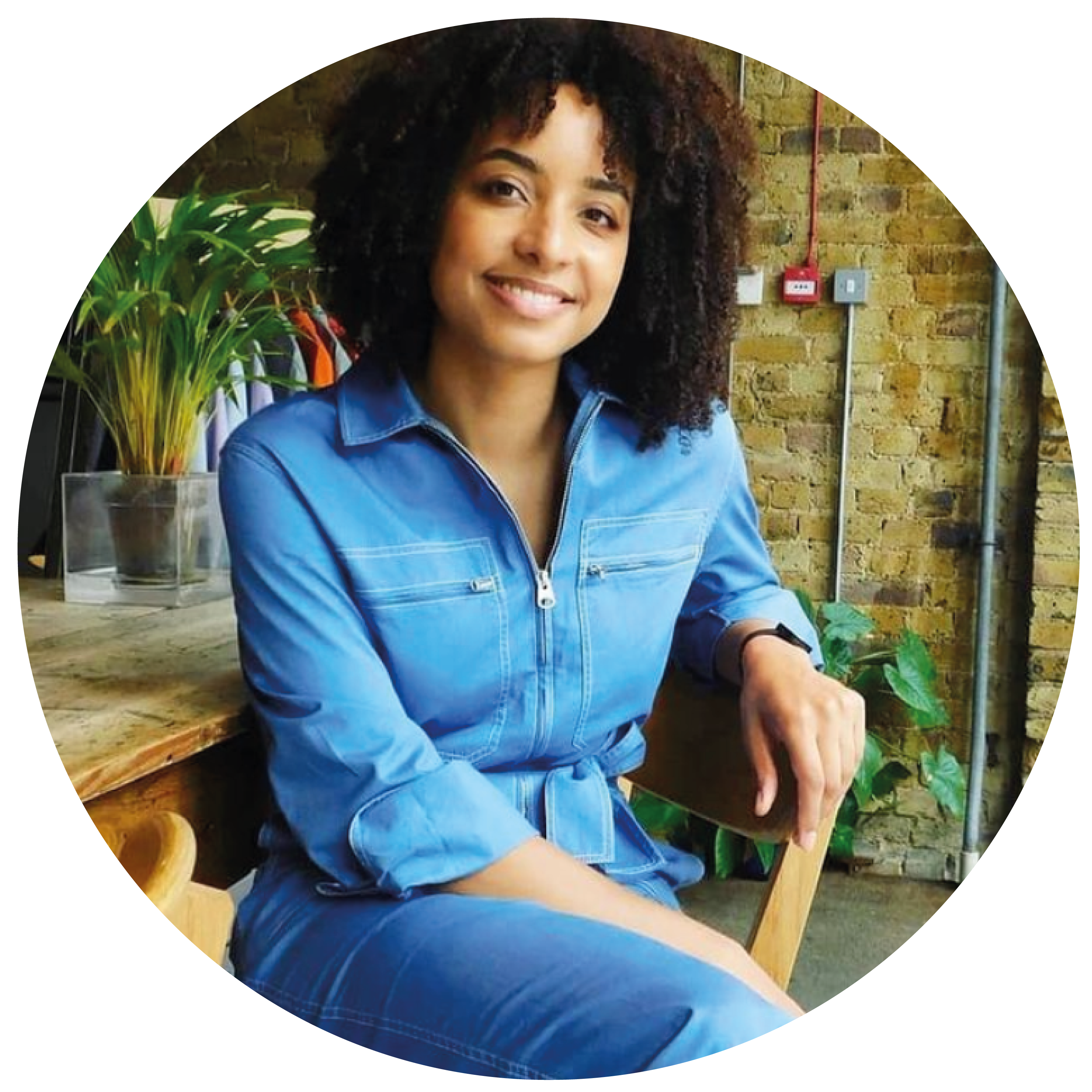Tackling the Membership in Orthodontics examination

16 Jun 2021
Chloé Rolland
Any exam can be daunting and, as dentists, we have all sat a fair few. For most, the Membership in Orthodontics (MOrth) examination may be the last hurdle before starting a career as a specialist orthodontist.
Being awarded the John Kay Williams Gold medal for my performance at The Royal College of Surgeons of England and Glasgow examination came as a surprise as I don’t consider myself the type who wins awards. It was nonetheless heart-warming because I felt that it was praising the care that I give my patients on a day-to-day basis. If you are preparing for the MOrth exam, or just want to find out more about a career in dentistry, I have summarised the things that I found helpful in the lead up to the examination. I’ve also included some tips for keeping the nerves at bay on the day, which you may find useful for any of the medical exams ahead of you.
The Membership in Orthodontics (MOrth) examination is a clinical exam which aims to verify that candidates are suitable to start as specialists. Part I is a written exam that can be taken by General Dental Practitioners who wish to verify their expertise in orthodontic aetiology and diagnosis.
Treated cases
This is the part of the examination you can be most in control of and is your opportunity to shine. As you present the cases you have treated to the best of your ability, remember that no one knows the patient and the treatment better than you do. While preparing write-ups, I followed the proforma provided by the College. It is advisable to stay succinct but to justify all of your choices carefully.
The examiners want to see an organised overview of the case that demonstrates good control and understanding. It is important to take your time to proof-read; I took my write-ups to my clinical supervisor so I could anticipate the questions which would most likely be asked. If you notice any missteps such as anchorage loss or inefficiencies, it is important to reflect on them honestly. The examiners know that most of your cases started when you were inexperienced and will pick up on those mistakes. I found it best to get them out of the way in the write-up, to avoid spending too much time on them in the exam.
Objective Structured Clinical Examination
While the format of the OSCE has changed in recent times, to adapt to the online format, the content remains the same. The knowledge covered is wide ranging and essentially covers all clinical aspects of work as an orthodontist: difficult conversations with patients, spotting appliance faults, material properties and consent. This section contained questions regarding scientific evidence which is an essential part of best practice. I found re-reading some of the seminal orthodontic literature was useful in preparation for this component.
Unseen cases
These can be the most daunting part of the MOrth but I found this part of the examination to be very fair. Prior to the exam, practice cases in exam conditions, allowing yourself a limited time to look at the records. I had a set way to tackle cases to make sure I covered all the relevant sections: patient demographics and concerns, extra-oral findings, intra-oral findings, radiographic findings, space analysis, problem list, aetiology, treatment aims, treatment plan and an alternative plan. If there was time left over, I would map out a treatment journey, planning mechanics and clinical considerations.
Examiners will want to hear your justifications for extraction choice, anchorage and appliance prescription. If you already have the information to hand, it will be much easier to volunteer. When practicing the viva, remember that the examiners spend a similar amount of time discussing clinical findings as they will the treatment plan. This means spending time describing things you do every day but may take for granted. It is helpful to practice vocalising different ways to assess a patient’s facial vertical proportions or why you would use a stainless-steel wire for space closing mechanics. While these are things you may do clinically without a second thought, it is much harder to describe them eloquently to an examiner.
The last few weeks before my exam were not spent poring over textbooks, but on new patient clinics, with undergraduate dental students. I found that teaching younger colleagues solidified my knowledge of patient examination and treatment. RCS examiners were very friendly and fair. The exam felt like a series of conversations with colleagues rather than an interrogation. What helped me tremendously was being able to remain calm and confident during the three days. It helped me to enjoy the experience, rather than fear it! If you are considering taking the MOrth examination – go for it! Becoming a specialist has been the most rewarding part of my career in dentistry.
